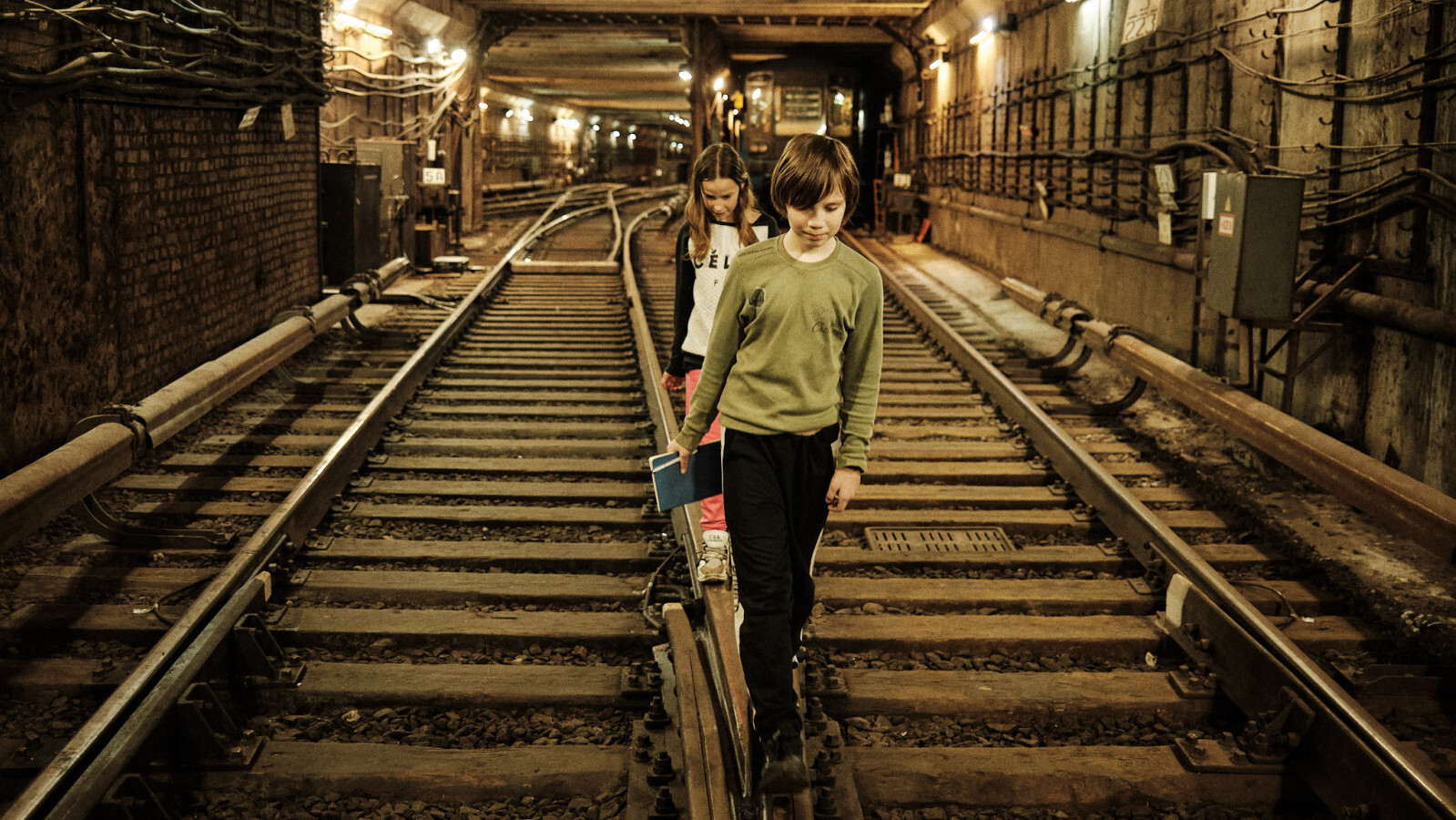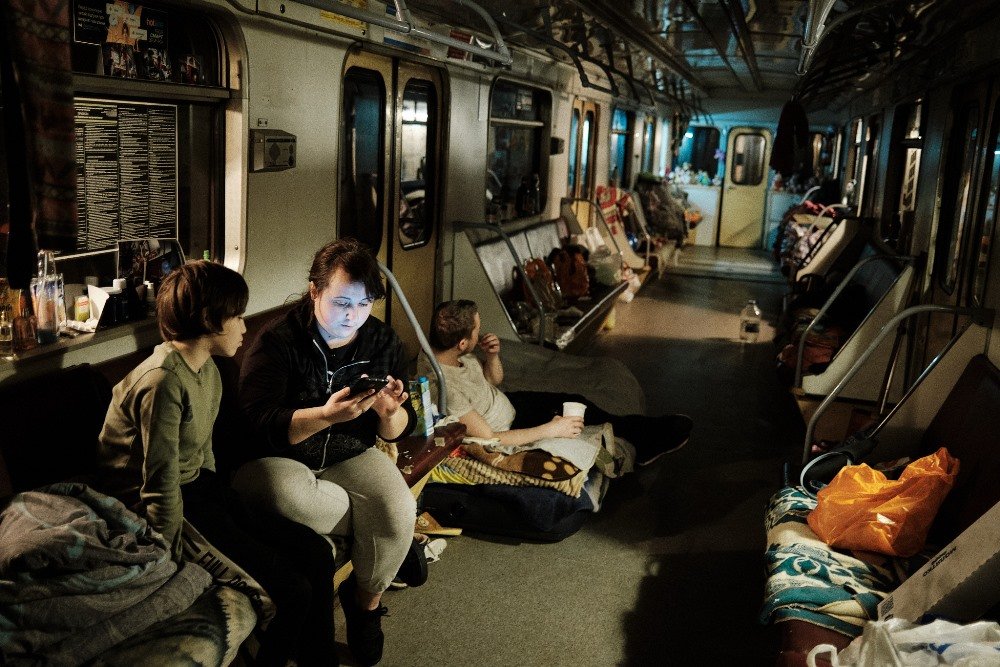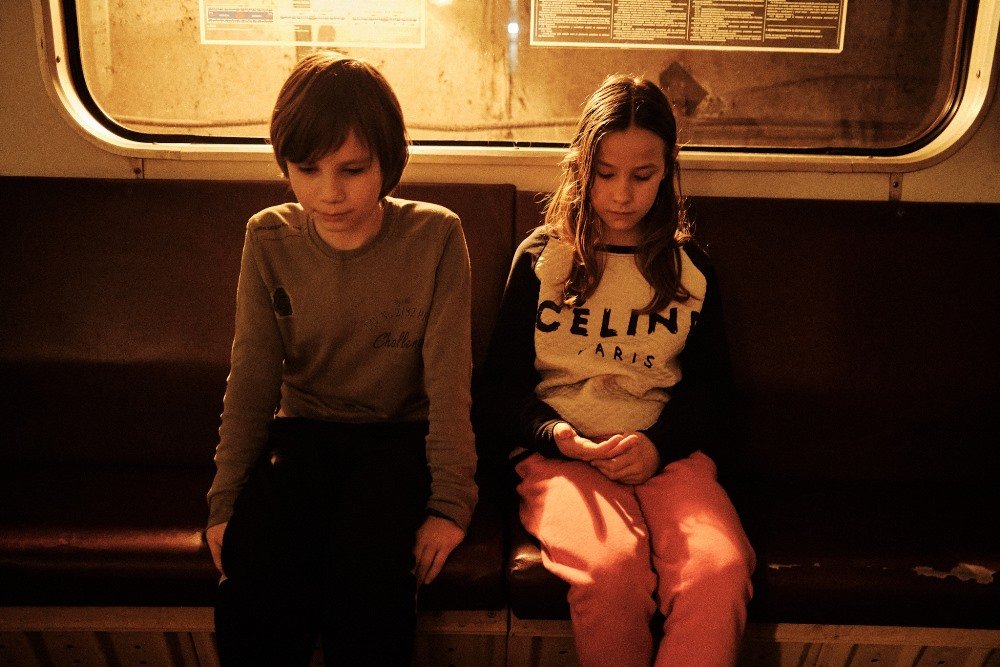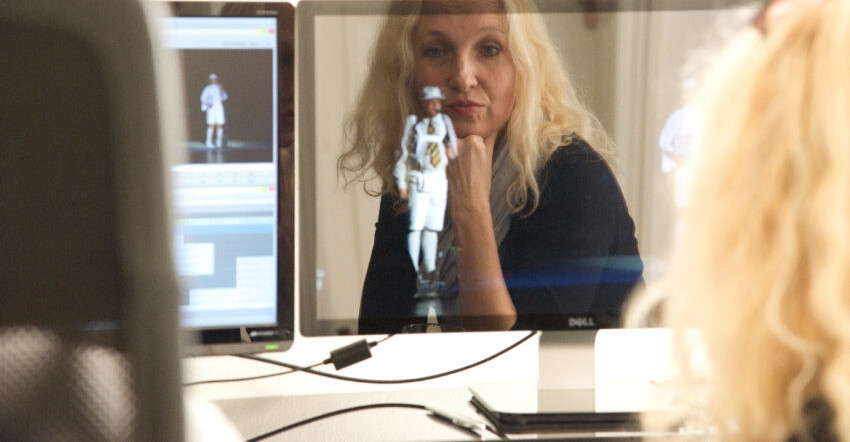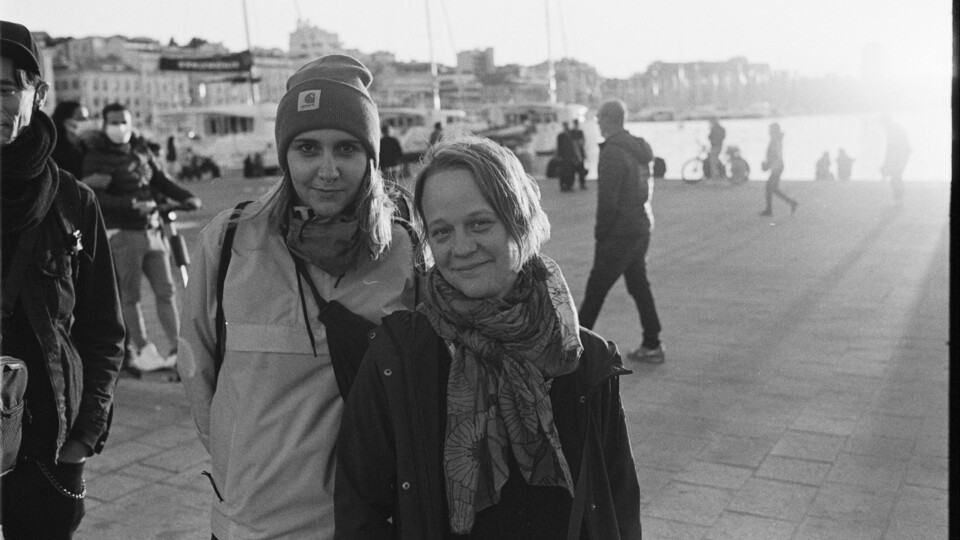Photophobia: On friendship in spite of the war
The award for best film in the Czech Joy section at this year’s Ji.hlava International Documentary Film Festival went to a work providing a glimpse inside the Kharkiv metro, where thousands of Ukrainians took refuge after two months of constant bombing. However, Photophobia doesn’t merely depict the everyday reality of war; it is also a film about light and the worlds it can conjure.
Films about the ongoing war in Ukraine have usually taken the form of raw audiovisual diaries. Overcoming the Darkness, Eastern Front, 20 Days in Mariupol… Journalists and documentary filmmakers giving first-hand accounts from besieged cities or directly from the front. Authentic scenes, no stylisation. It’s probably too soon for any kind of distance. The same was true of the first films about the Covid-19 pandemic. However, Ivan Ostrochovský and Pavol Pekarčík show that this is not the only way to capture the impacts of the Russian invasion on the lives of the Ukrainian people. For these directors, the medium of film does not serve solely to create a direct record of reality. They also make rich use of its ability to tell a fictional story and transport us, if only for a moment, to another, less horrifying reality.
Underground, with no light
We are introduced to the atmosphere of destruction and danger through the very first sequence of the film – a five-minute shot of a bombed-out street. Somewhere in the distance, a massive explosion rumbles. With no need for any further explanation, it is clear that we are in a war zone, less than 30 kilometres from the Russian border. The camera remains stationary, which will be the dominant stylistic approach for the remainder of the film, which, however, takes place underground – on the platforms and in the corridors of the Kharkiv metro. Both spaces – above and below – are connected by a shot of twelve-year-old Nikita covering his ears with his hands. The camera slowly pans to him and then follows him as he walks through the cramped spaces where he and some 1,500 other civilians have been taking refuge for many weeks.
“The filmic and photographic medium allows at least an imaginary escape from the underground corridors into another space-time.”
Without the presence of the camera, Nikita would simply be one of around 30 children trying to continue an at least somewhat normal existence in the metro with their parents. But the filmmakers allow him to become the protagonist of the story they have concocted for him. The boy befriends Vika, a girl of a similar age, and together they go on adventures exploring the metro’s various spaces, which double as living quarters, a school, and even a clinic. During their explorations, they engage their imaginations and invent different games. The pair also share a longing for sunlight, which they have not seen for over a month – something that is beginning to have a negative impact on their health. But the adults won’t let them go outside. The reasons are obvious to us from the snippets of dialogue about destroyed buildings and ruined lives that Nikita inadvertently overhears from time to time.
The child protagonist is granted a glimpse of the outside world by means of a primitive slide viewer. In these moments, the filmmakers insert fragments shot with a Super 8 camera, in the manner of amateur home movies. The short videos depict burning buildings but also Ukrainians with pets and joyful everyday scenes. The composition of the footage creates the impression that Nikita’s optical toy has magical powers and that what it presents are not merely static images but rather pieces of a rose-coloured past brought to life. The filmic and photographic medium, the very essence of which is a characteristic sensitivity to light, thus allows him at least an imaginary escape from the constricting underground corridors into another space-time.
Through a child’s lens
The child’s perception is also informed by the motifs that the filmmakers focused on while editing the footage they shot in the metro. One such motif is pets. Dogs run through the empty corridors of the metro as carefree as if it were a street in a Ukrainian city. In another shot, a stretching cat evokes a feeling of home. Greater attention is paid to ordinary activities that are repeated daily – sleeping, preparing food, brushing teeth. Out of all the many supporting characters, the narrative most often returns to the quirky folk musician, who clumsily strums his guitar while singing lyrical, romantic love songs.
“Even in abnormal, unnatural conditions, there is room for human solidarity, playfulness, and kindness.”
The lively old man becomes a kind of mentor to Nikita as he gives him advice on how to win a girl’s heart. The film dedicates far less space to statements about the horrors of war. These are often heard just off-screen, which also fits with the prioritisation of the boy’s perspective. The background is often blurred in shots of the young protagonist. Thus, not only dramaturgically but also visually, thanks to the camera lens, Nikita comes to the fore and gains prominence. The playful, dynamic music serves a similar function in certain scenes, with a soundtrack that Nikita himself would probably have chosen for his scampers around the deserted metro cars.
Solidarity in the midst of tragedy
Just like Nikita, Vika is first introduced in a symmetrical shot with a shallow depth of field, thus extracting her from her surroundings. The friendship between the two children, who create their own world, contrasts with the tragedy of war, which destroys the solidarity between people. The film doesn’t ignore this painful reality and doesn’t turn it into a tool to move the audience; it has little in common with sentimental kitsch films like Life is Beautiful or Jojo Rabbit. It merely proceeds from the humanistic conviction that even in abnormal, unnatural conditions, there is room for human solidarity, playfulness, and kindness. Unlike journalists from the international media who film, for example, a desperate, crying woman in the metro to fit their heartrending narrative, Ostrochovský and Pekarčík are more interested in life than in suffering and death.
Courage on the battlefield is one possible form of heroism; Photophobia makes note of less conspicuous forms of valour. Not great deeds but the simple act of making an effort and engaging the imagination in order to survive in difficult times and hold on to the hope that someday you will see the light again and be able to use it to project your shadows onto the wall. Just like at the cinema.

